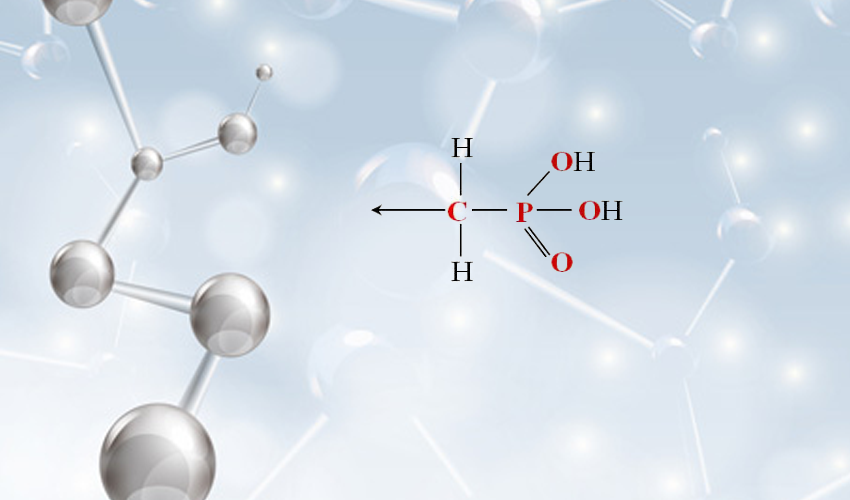Flocculant Solutions for Effective Water Treatment and Purification Processes
Flocculant Chemicals for Water Treatment An Overview
Water is an essential resource for life, industry, and agriculture. However, the increasing demand for clean and potable water has led to the exploration of various treatment methods to ensure water quality. Among these methods, the use of flocculant chemicals has become an integral part of water treatment processes. This article will delve into what flocculants are, their mechanisms, types, applications, and their significance in water treatment.
What are Flocculants?
Flocculants are chemical substances that promote the agglomeration of particles suspended in water. They work by neutralizing the charges on these particles, causing them to clump together (or flocculate) and form larger aggregates that can be easily removed from the water. The process of flocculation is crucial for achieving clear and clean water, particularly in municipal and industrial wastewater treatment, as well as in the purification of drinking water.
Mechanism of Action
The effectiveness of flocculants hinges on their ability to destabilize the fine particles dispersed in water. Most of these particles have a negative charge, which prevents them from coming together. Flocculants, typically cationic (positively charged), attach to these negatively charged particles, neutralizing their charge and allowing them to bond with each other.
Once the particles have agglomerated, they can be removed through sedimentation or filtration processes. This not only clarifies the water but also reduces the concentration of harmful contaminants such as heavy metals, microbes, and organic matter.
Types of Flocculants
Flocculants can be categorized into several types based on their chemical composition. The major types include
1. Organic Polymers These are synthetic or naturally derived high-molecular-weight compounds that can effectively promote flocculation. Common organic flocculants include polyacrylamide and natural substances like starch or guar gum. They are widely used in municipal wastewater treatment and industrial applications.
2. Inorganic Coagulants These include salts like aluminum sulfate (alum) and ferric chloride. Inorganic coagulants work by providing surface area for particles to adhere and often produce metal hydroxide precipitates that facilitate the flocculation process.
3. Biopolymers Derived from natural sources, biopolymer flocculants are increasingly being adopted due to their biodegradability and lower environmental impact. Examples include chitosan and alginates, which are effective in treating industrial wastewater.
Applications of Flocculants in Water Treatment
flocculant chemicals for water treatment

The application of flocculants spans various sectors, including
- Municipal Water Treatment Flocculants help in the removal of turbidity and pathogens from drinking water, ensuring that it meets safety standards.
- Industrial Water Treatment Industries ranging from food and beverage to mining employ flocculants to treat wastewater before discharge. They help in the recovery of valuable resources and in reducing pollution.
- Stormwater Management During rainfall events, flocculants can be used in stormwater ponds to minimize the introduction of contaminants into natural water bodies.
- Sludge Management Flocculants are instrumental in thickening and dewatering sludge, making waste management more efficient and cost-effective.
Significance of Flocculants in Water Treatment
The use of flocculant chemicals is essential for several reasons
- Efficiency They enhance the efficiency of particle removal in water treatment processes, improving overall water quality.
- Cost-effectiveness By reducing the amount of energy and resources required for further treatment processes, flocculants contribute to lower operational costs.
- Environmental Protection Effective removal of contaminants reduces the risk of pollution, protecting aquatic ecosystems and preserving water sources.
- Compliance with Regulations Using flocculants helps water treatment facilities comply with strict regulations regarding the quality of drinking and wastewater.
Conclusion
The role of flocculant chemicals in water treatment cannot be overstated. As water scarcity and pollution continue to challenge global communities, the development and application of effective flocculants will be critical in achieving sustainable water management practices. By enhancing water clarity and quality, flocculants play a vital role in ensuring that clean water remains accessible for all.
-
Water Treatment with Flocculant Water TreatmentNewsJun.12,2025
-
Polymaleic AnhydrideNewsJun.12,2025
-
Polyaspartic AcidNewsJun.12,2025
-
Enhance Industrial Processes with IsothiazolinonesNewsJun.12,2025
-
Enhance Industrial Processes with PBTCA SolutionsNewsJun.12,2025
-
Dodecyldimethylbenzylammonium Chloride SolutionsNewsJun.12,2025





